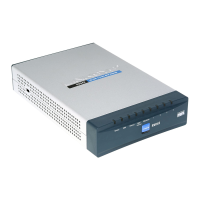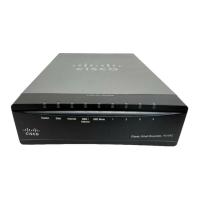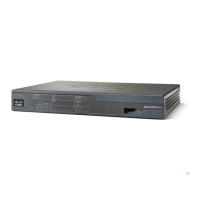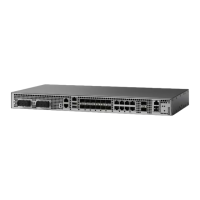The air intake to cool the chassis flows through the perforations in the front of the chassis. Hot air exits from
the rear of the chassis via the vents provided near the fans. See Figure 2.
Figure 2: vEdge 2000 Router Airflow
Temperature sensors in the chassis monitor the internal chassis temperature. When a single fan/fan tray fails
at room temperature, the system can still provide sufficient cooling.
If a fan/fan tray fails or if the ambient temperature inside the chassis rises above the acceptable range, the
router raises an alarm. If the temperature inside the chassis rises above the maximum threshold temperature,
the router shuts down automatically.
Planning and Installation
This article provides general safety standards to adhere to when installing or connecting a vEdge 2000 router
or its components.
General Safety Standards
• Install your vEdge router in compliance with the following local, national, and international electrical
codes:
• United States—National Fire Protection Association (NFPA 70), United States National Electrical
Code.
• Other countries—International Electromechanical Commission (IEC) 60364, Part 1 through Part
7.
• Evaluated to the TN power system.
• Canada—Canadian Electrical Code, Part 1, CSA C22.1.
• Permit only trained and qualified personnel to install or replace switch components.
Hardware Installation Guide for vEdge Routers
183
vEdge 2000 Router
Planning and Installation

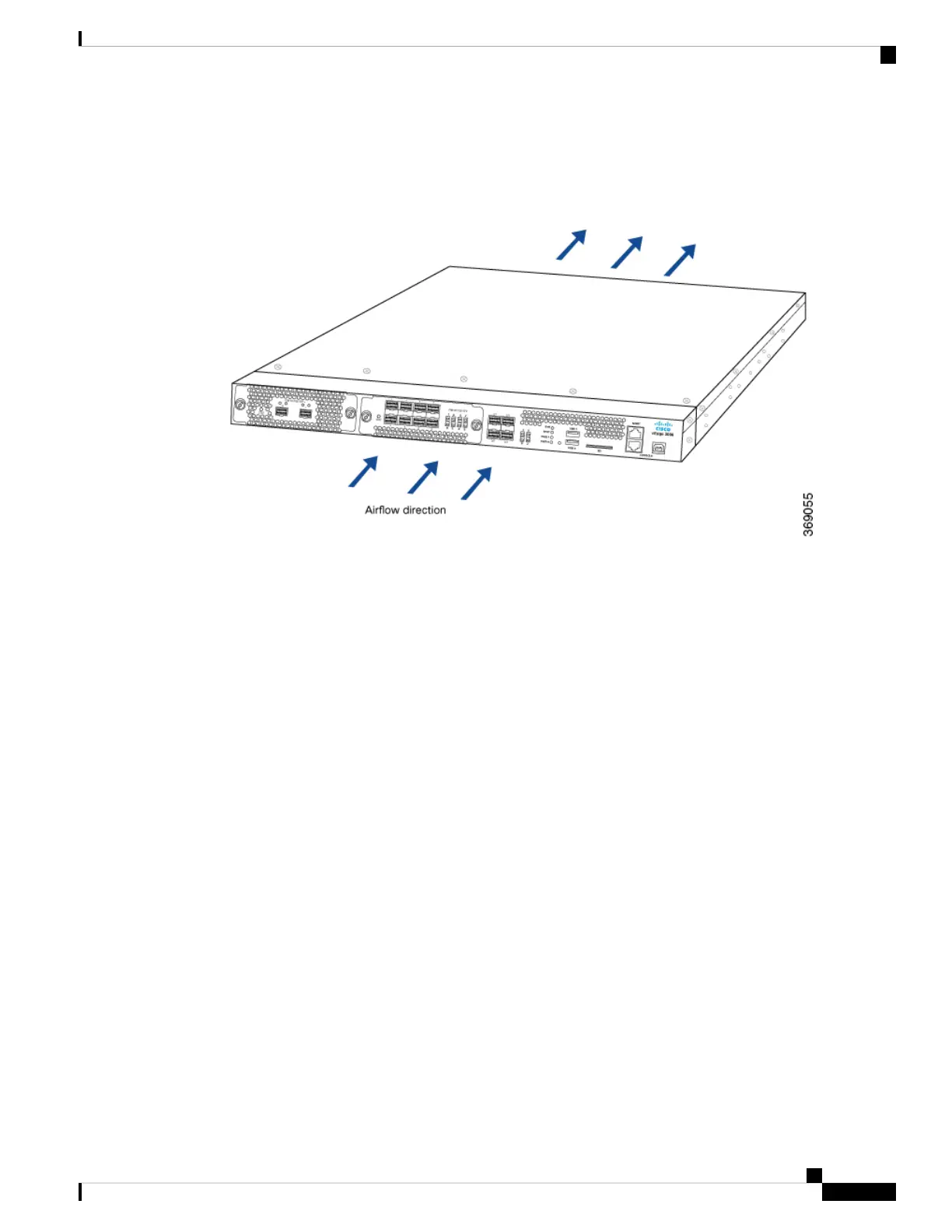